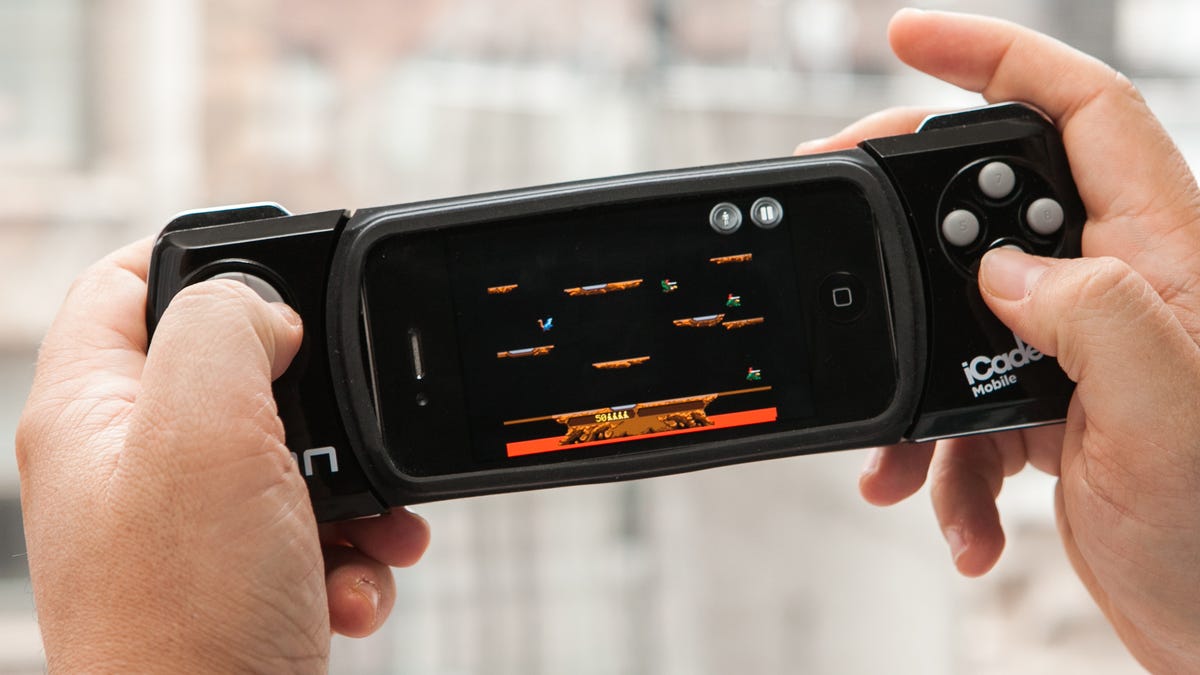Why a longer iPhone 5 screen needs to happen
If rumors are to be believed, the next iPhone's due for a screen-size shakeup. Here are two good reasons why.

For months, we've heard talk of an iPhone 5 with a longer screen. The latest stories around the Internet suggest not only that this is a likely reality, but that iOS 6 supports this new resolution: 640x1,136 pixels, to be exact. That's an extra 176 pixels longer than the current iPhone's 640x960 display.
Related stories
- Sizing up the iPhone 5 screen
- iOS 6 screen resolution fuels talk of bigger iPhone display
- iPhone 5 rumor roundup
When I heard of the next iPhone's longer screen, I thought: I'd just prefer a slightly bigger screen, not necessarily a longer one. My current iPhone 4S feels like it has a perfect aspect ratio. Why change it?
Then I thought about it, and quickly changed my tune.
A longer screen may sound strange, but it's a very good thing, for two obvious reasons.
HD video
The existing iPhone screen is a tweener: its aspect ratio doesn't fall into the laptop-standard 16:9 category, nor does it match the 4:3 aspect ratio of the iPad. It makes sense that the iPad's not 16:9 because books, PDFs, and digital magazines fit the 4:3 ratio better. The rumored screen of the next iPhone would be 16:9.
Video, however -- especially HD video -- works well with a 16:9 screen. Most Android phones are already 16:9. Apple's own 1080p video camera shoots in 16:9, and the video gets letterboxed or suffers slight digital zoom on the iPhone 4S.
1080p video recorded on the iPhone 4S camera is currently either letterboxed, or zoomed in slightly to fit the screen.
A longer screen means less letterboxing, both for self-recorded videos and most TV shows and movies. Sure, some older shows aren't 16:9, while some movies have wider 21:9 aspect ratios. Those will be the outliers. The average piece of video content will fill the screen more, and make the next iPhone's viewing area seem that much larger as a result.
The iPhone (above) is letterboxed; the Android phone below is far less so.
For comparison, look at a 16:9 4-inch Android phone screen, which is what the next iPhone's screen size will purportedly resemble.
Games and virtual buttons
There's another, perhaps bigger reason for a longer screen. I sometimes forget how cramped the iPhone's screen can be for games. Unless a game has particularly good button-free controls, you're stuck with big semitransparent icons hogging the display. Your thumbs go there and start cramping the game screen.
Super Crate Box on the iPhone: Like many iOS games, it has superimposed virtual buttons.
It's part of the reason why many iPhone gamers long for physical buttons, and why devices like the iCade Mobile exist.
Buttons on the sides with the iCade Mobile: the right spirit, but not the right solution.
How about another solution: what if buttons were shifted to margins on the sides? Existing games could be framed by side bars, and extra controls pushed away from the center of the screen. iOS 6 reportedly supports up to five rows of standard iPhone App icons, as opposed to four on every other iPhone. That added space means extra added virtual buttons...not just for games, but for all sorts of apps.
App icons measure 114 pixels wide on the Retina Display, but many virtual buttons in games are smaller than that. With a seemingly insignificant 176 pixels of extra width -- 88 pixels to a side -- you could fit a virtual button or two, especially oriented vertically, with ease.
The more those virtual buttons get shifted away, the more space gets cleared up for maps, browser windows, or unobstructed graphics.
In vertical portrait mode, it could mean more than just another row of apps; it could lead to an added row of controls on the bottom, possibly adding a whole new dimension to operational ease on the next iPhone (hot buttons for settings, shortcuts, and even dashboard information). I've envied Android phones for the type of added home-screen controls that an elongated iPhone screen could offer. That's not in the cards for iOS 6 (unless Apple's keeping a big surprise in store), but it could be worked into future versions of iOS more easily with the added vertical real estate.
Extra room for virtual controls, plus added room for letterbox-reduced video: would these be enough to help make the next iPhone a home run?

